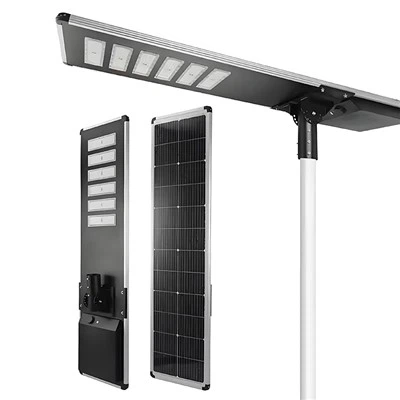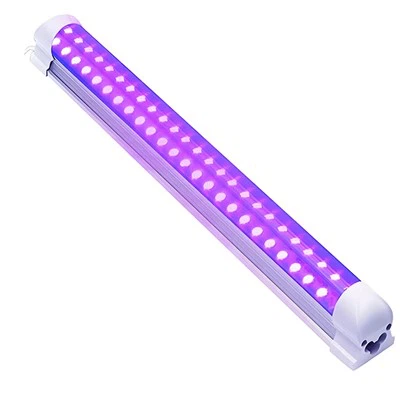When it comes to purchasing LED lights, you might wonder why some are cheaper while others are more expensive. Cost is often a determining factor for most people, so it's important to understand the differences between a cheap and more expensive LED.
First and foremost, the quality of the LED chip itself can vary significantly between different manufacturers. Cheaper LEDs might use lower quality materials or less advanced technology than more expensive ones. This can lead to significant differences in the light output, color accuracy, and overall lifespan of the LED.
Another significant differentiating factor is the construction of the LED bulb. Higher-end bulbs often use better materials, such as heat-resistant plastic or aluminum, which can help to dissipate heat more effectively. This, in turn, can help to extend the life of the bulb and increase its brightness.
A third factor to consider is the power supply for the LED. Cheaper LED lights may have less efficient power supplies, which can cause flickering or dimming in the light output. More expensive LEDs often have better power supplies, resulting in a more stable and consistent light output.
Finally, it's worth noting that more expensive LEDs might come with additional features or benefits that cheaper ones don't offer. For example, some premium LED lights come with smart home integration capabilities, allowing you to control the light using your voice or smartphone. Others might offer adjustable color temperatures, allowing you to customize the light to your preference.
In conclusion, while there can be stark differences between a cheap and more expensive LED, it's important to look beyond just the cost when making your purchase. By considering the quality of the LED chip, construction, power supply, and additional features, you can make a more informed decision and ensure that you're getting the best value for your money.






